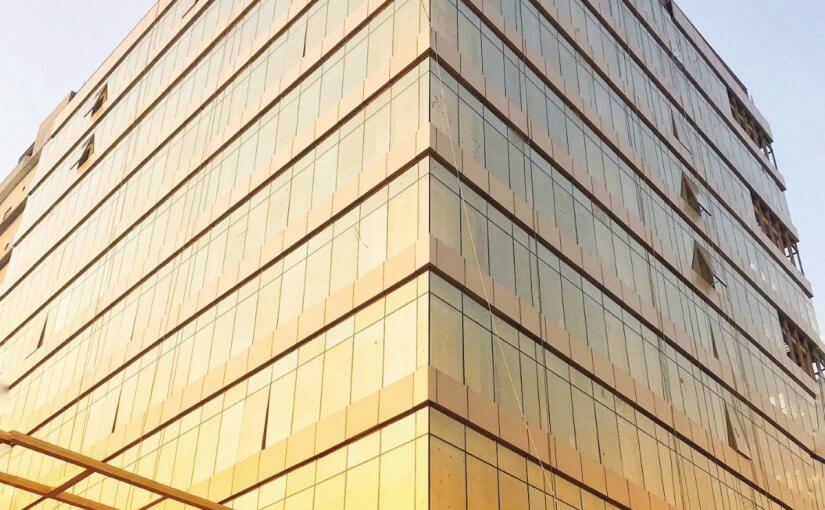

The quest for energy-efficient and sustainable solutions has become paramount in the ever-evolving world of architecture and construction. While innovations like solar panels and smart HVAC systems often steal the spotlight, one unsung hero quietly enhances energy efficiency in buildings—safety glass.
We are here to shed light on the remarkable ways safety glass can significantly boost energy efficiency in construction projects.
Here are the ways in which safety glass enhances energy efficiency in buildings:
Safety glass offers more than just protection; it's a versatile insulator that can significantly improve the energy efficiency of buildings. Unlike traditional glass windows, which are notorious for their poor insulation properties and tendency to contribute to energy loss, safety glass takes a different approach.
The secret lies in safety glass's multi-layered composition, which often includes laminated glass. This combination creates a formidable barrier that effectively prevents energy from escaping. When traditional windows allow heat to pass through easily, safety glass puts up a strong defence, reducing heat transfer to a minimum.
Safety glass is a versatile solution that can be tailored to excel in solar control, making it a game-changer for energy efficiency in buildings. This advanced glass technology serves as a formidable barrier against the sun's relentless heat and harmful UV rays. When the sun beats down, safety glass steps up to the challenge by curbing heat gain and minimizing the intrusion of UV rays.
Imagine a scorching summer day where traditional windows would allow the sun's rays to flood your interior, turning it into a sauna. In contrast, safety glass acts as a shield, preventing excessive heat from entering your building. This proactive solar control feature significantly reduces the need for overactive air conditioning, helping maintain a comfortable indoor environment. By minimizing the reliance on energy-intensive cooling systems, safety glass not only keeps occupants comfortable but also leads to substantial energy savings, lower utility bills, and a smaller carbon footprint. It's a win-win for comfort and sustainability.
Daylight harvesting utilizes natural daylight to illuminate interior spaces, diminishing the need for artificial lighting during the day. With its tailored coatings and tints, safety glass maximizes natural light while minimizing glare and heat gain. Architects and designers can leverage this feature to reduce energy consumption associated with artificial lighting, a win-win for both efficiency and aesthetics.
Safety glass offers noise reduction benefits that indirectly bolster energy efficiency. Reduced noise levels contribute to enhanced occupant comfort, leading to fewer instances of opening windows or doors for ventilation, particularly in noisy environments. This subtle yet impactful feature promotes a quieter, energy-efficient indoor environment.
Durability is a key attribute of safety glass, directly impacting its role in energy efficiency. Unlike traditional glass that may degrade over time, safety glass maintains its effectiveness for many years. This longevity reduces the need for frequent replacements while saving energy and materials in the long run.
From an environmental standpoint, safety glass is a sustainable choice. Many safety glass products are crafted from recyclable materials, and some even incorporate recycled content. By opting for safety glass with eco-friendly attributes, builders can further reduce their project's environmental impact while enhancing energy efficiency.
Safety glass is often a non-negotiable requirement in building codes and regulations, especially in regions susceptible to natural disasters. By installing safety glass that aligns with these mandates, builders not only enhance the energy efficiency of their structures but also ensure the safety and well-being of occupants.
Safety glass, often overshadowed by more glamorous green building technologies, deserves its moment in the spotlight. Its exceptional insulation, solar control capabilities, daylight harvesting potential, soundproofing qualities, durability, sustainability, and adherence to building codes make it an indispensable asset for crafting energy-efficient and eco-conscious buildings.
For those embarking on construction projects, including safety glass is an investment that pays dividends in both efficiency and sustainability. At AIS Glasxperts, we're here to be your reliable ally in leveraging the benefits of safety glass.